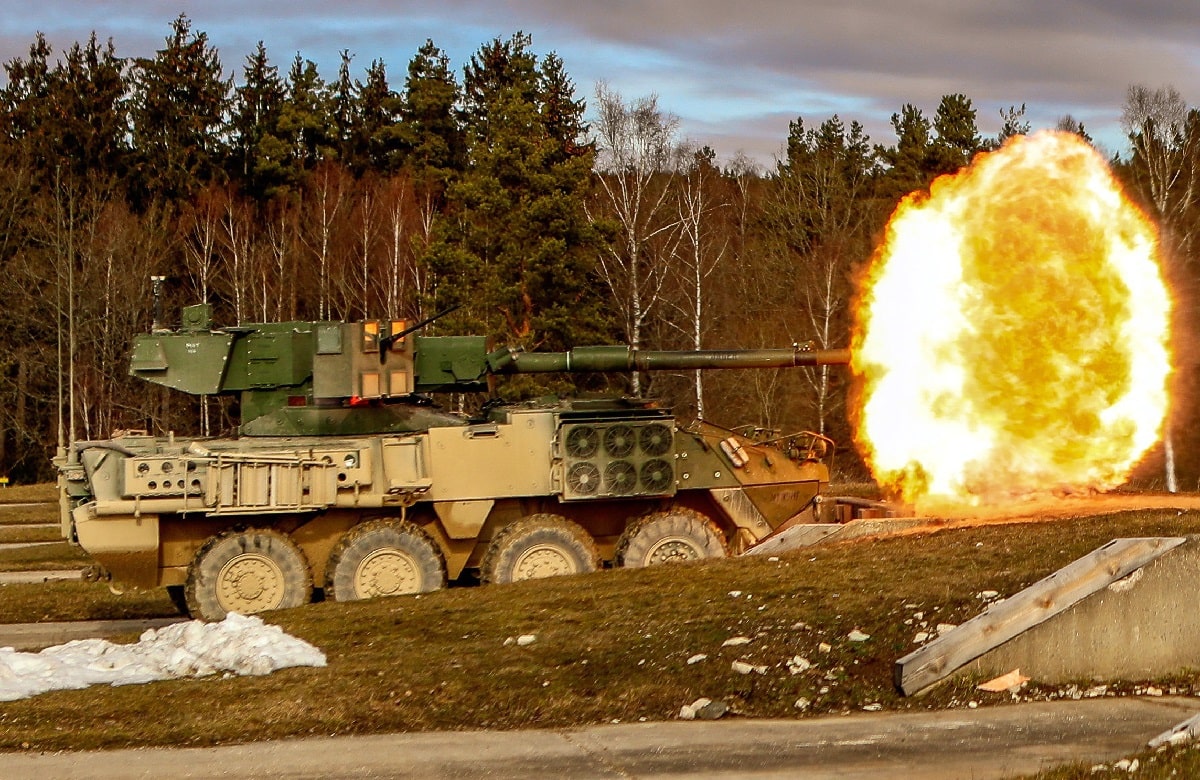Something must be said of the fighting spirit of the men who come from the British Isles, and the might Royal Marines.
During the Battle of Agincourt, fought on October 25, 1415, during the Hundred Years War, around 8,000 soldiers defeated a vastly superior force of Frenchmen.
More than four and a half centuries later, less than 200 British Army regulars and colonial troops successfully held off around 4,000 Zulus during the Defense of Rorke’s Drift in the opening stages of the Zulu War.
Here Come the Royal Marines
Last month it may have been during war-game training, but a force of just 100 Royal Marines reportedly “smashed” 1,500 U.S. soldiers. The £400million drill in California also was reported to have been cut short because the British victory was so swift and unexpected.
The Sun newspaper reported that it was expected that if the Future Command Force conducted an attack in an urban warfare exercise it would need to heavily outnumber the defending Americans. Instead by working in eight teams of a dozen Royal Marines each, the British troops successfully outmaneuvered their rivals while helicopter drones provided an eye-in-the-sky, which was used to pinpoint weak spots.
“This has overturned the principles of war,” Chief of the Defense Staff, General Sir Nick Carter told The Sun after the exercises were conducted last month in California.
“Mass is no longer the asset it once was — it is all about effect. If you concentrate your force, you are vulnerable,” added Gen. Carter. “On the modern battlefield, you want maximum dispersion to give your opponent maximum doubt. Then apply disposable technology that you don’t mind losing.”
Call in the Robots
During the recent war games, the “Ghost” copter drone was employed. It was designed to fly quietly and help reveal enemy positions, while larger quadcopter drones could also be utilized to drop off ammunition and potentially even recover wounded soldiers from the battlefield.
This could be reassuring to the British Ministry of Defence, which has sought to utilize robots to supplement its dwindling forces. It is all about doing more with fewer men – which as history has shown the British know how to do. Today’s drones could tip the scales much like the longbow did at Agincourt, while there is no doubt the massed fire from the Martini-Henry rifles and fighting from fortified positions helped ensure victory at Rorke’s Drift.
Smaller units supported by robots could be the game-changer now.
“This has turned around traditional thinking,” explained Brigadier Dan Cheeseman, head of the Royal Navy‘s hi-tech weapons wing.
The UK has also reportedly been experimenting with flying grenades, remote-controlled mortar bombs and so-called “throwbots,” which can be lobbed into buildings before soldiers conduct dangerous room-clearance operations.
“If we’d had this kit in Afghanistan, there is no doubt it would have saved lives,” added Dave Young, regimental sergeant-major of 3 Commando Brigade.
Peter Suciu is a Michigan-based writer who has contributed to more than four dozen magazines, newspapers and websites. He regularly writes about military small arms, and is the author of several books on military headgear including A Gallery of Military Headdress, which is available on Amazon.com.

